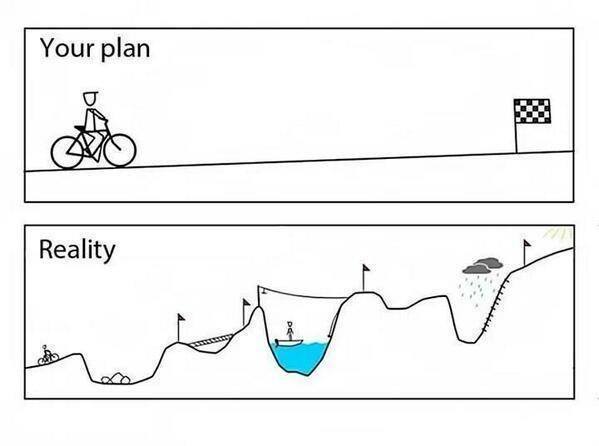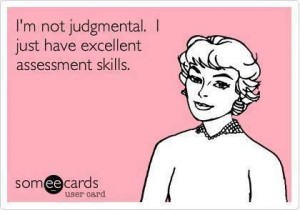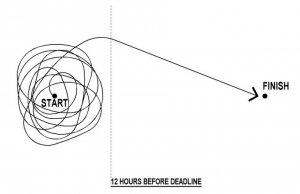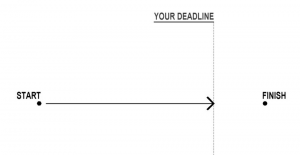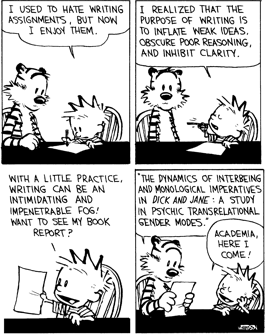 I am totally sympathetic with teachers’ reactions to the simplistic, pedestrian ways of evaluating the quality of their work, the quality of student work, and the quality of schools. That efforts are made to reduce complex evaluands to simple ones is a serious problem. The “EVALUATE THAT” campaign identifies important aspects of teaching and education that aren’t measured and therefore not evaluated… things like compassion, empathy, cooperation… the emotional, interactional content of the work of teaching. [Click here, for the heartfelt remarks of one teacher.] The campaign (started by BadAss Teachers who created the meme shown in this post) also suggests these things can’t be measured and can’t be evaluated. Stories are being aggregated with the use of the Twitter hastag #evaluatethat.
I am totally sympathetic with teachers’ reactions to the simplistic, pedestrian ways of evaluating the quality of their work, the quality of student work, and the quality of schools. That efforts are made to reduce complex evaluands to simple ones is a serious problem. The “EVALUATE THAT” campaign identifies important aspects of teaching and education that aren’t measured and therefore not evaluated… things like compassion, empathy, cooperation… the emotional, interactional content of the work of teaching. [Click here, for the heartfelt remarks of one teacher.] The campaign (started by BadAss Teachers who created the meme shown in this post) also suggests these things can’t be measured and can’t be evaluated. Stories are being aggregated with the use of the Twitter hastag #evaluatethat.
Whether you are a teacher, student, parent, administrator… tell us, in a brief sentence or two, YOUR moments of teaching or learning (yours or someone else’s) that was never formally measured but made an impression on you. These ‘bites’ of reality do not have to be all gloriously positive, the only criteria – true, real and not measured (no hypotheticals please).
We are collecting these via Twitter by using #evaluatethat hashtag in each relevant tweet. This will ensure all of these are kept in one place and can be easily seen by all.
The hashtag has taken on a bit of a f*&k you tone… you can sort of imagine the tweeter grabbing their crouch while they shout “EVALUATE THAT.” Even so, the collection of stories is an important reminder of the complexity of teaching and schooling… a complexity that needs to be incorporated into judgements of the quality of teaching, learning and schooling. While it may be very difficult to measure such things as compassion and empathy that’s not a reason to step away, but all the more reason to find sound ways of incorporating those behaviors and actions into evaluations.
 Follow
Follow

